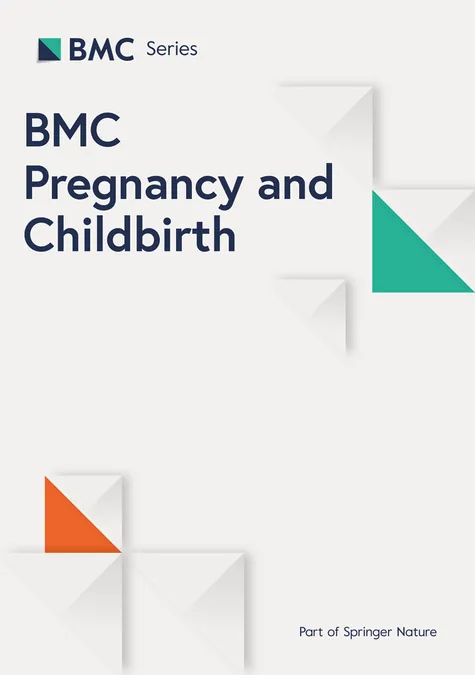
Transformative Research: Unveiling the Hidden Dangers of Secondhand Smoke Exposure During Pregnancy
2025-04-29
Author: Wei Ling
The Hidden Threat of Prenatal Tobacco Exposure
Did you know that secondhand smoke (SHS) during pregnancy might change the very structure and function of your child's heart? A groundbreaking study illuminates the alarming effects that maternal SHS exposure has on offspring, revealing potential cardiovascular risks that could last a lifetime.
Prenatal Risks: More Than Just a Cough
It’s widely acknowledged that prenatal exposure to tobacco can wreak havoc on fetal development, from stunted growth to brain disorders. But the cardiovascular impacts—especially associated with secondhand smoke—are often overshadowed. Maternal smoking is linked to higher blood pressure in children and abnormal heart structure, yet the specific effects of SHS often go unexplored.
The Study: A Deep Dive into Cardiac Structure
Conducted as part of the Shanghai Birth Cohort, this prospective study evaluated over 1,000 mother-child pairs to investigate how exposure to SHS during pregnancy affects left ventricular (LV) morphology in children at the age of four. The findings were astonishing: children whose mothers were exposed to SHS exhibited altered heart dimensions, including enlarged heart chambers, laying the groundwork for future health complications.
Early Pregnancy: The Most Critical Time
The research highlighted that early pregnancy is a particularly crucial period for cardiac development. Children born to mothers who were exposed to secondhand smoke in the first trimester displayed significantly larger LV diameters. This unique timing emphasizes the urgent need for awareness and prevention efforts during these transformative early weeks.
Understanding the Mechanisms Behind the Damage
What’s behind this troubling connection? Substances found in cigarette smoke, such as nicotine and carbon monoxide, may disrupt placental blood flow and oxygen levels, potentially leading to heart abnormalities. This study suggests that even lower levels of tobacco exposure—common in secondhand smoke—can have detrimental effects, serving as a wake-up call for expecting mothers and families.
The Bigger Picture: A Call for Action
With almost 50% of mothers in the study reporting secondhand smoke exposure during pregnancy, the findings are both alarming and indicative of a broader public health issue. As China wrestles with high smoking rates, it’s vital for both healthcare providers and families to recognize and mitigate SHS risks.
Conclusion: Protecting Future Generations
This pivotal research sheds light on the often-overlooked dangers of secondhand smoke exposure during pregnancy. With evidence linking SHS to adverse cardiac effects in young children, it becomes imperative to advocate for smoking cessation efforts and support for expectant mothers. By raising awareness, we can work toward healthier futures for our children—one heart at a time.

 Brasil (PT)
Brasil (PT)
 Canada (EN)
Canada (EN)
 Chile (ES)
Chile (ES)
 Česko (CS)
Česko (CS)
 대한민국 (KO)
대한민국 (KO)
 España (ES)
España (ES)
 France (FR)
France (FR)
 Hong Kong (EN)
Hong Kong (EN)
 Italia (IT)
Italia (IT)
 日本 (JA)
日本 (JA)
 Magyarország (HU)
Magyarország (HU)
 Norge (NO)
Norge (NO)
 Polska (PL)
Polska (PL)
 Schweiz (DE)
Schweiz (DE)
 Singapore (EN)
Singapore (EN)
 Sverige (SV)
Sverige (SV)
 Suomi (FI)
Suomi (FI)
 Türkiye (TR)
Türkiye (TR)
 الإمارات العربية المتحدة (AR)
الإمارات العربية المتحدة (AR)